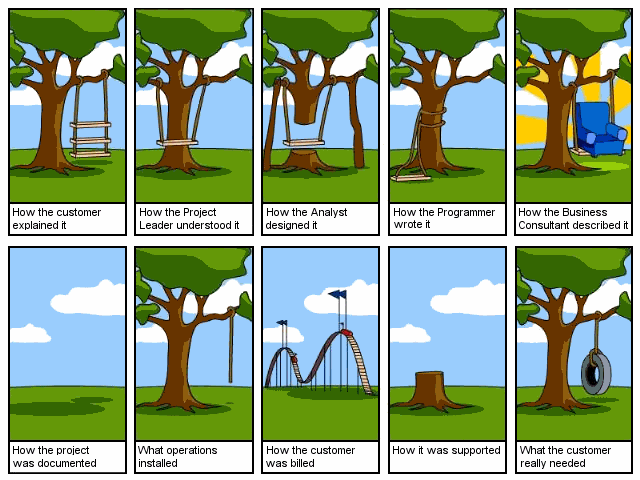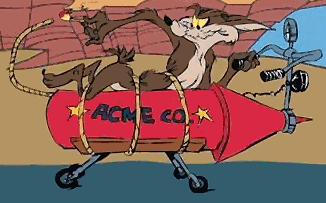programming languages
MS Language Equivalents
As a complement to my C# to VB.NET cheat sheet links, here’s a comparative list of programming language equivalents in VB, J#, C++, C#, JScript, and even Visual FoxPro. Since .NET is just a thin wrapper over Win32 (or so I've been told), you may also




